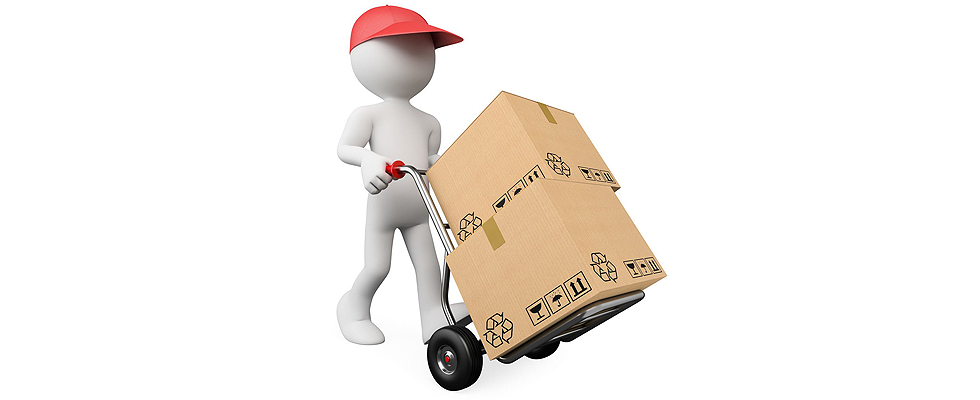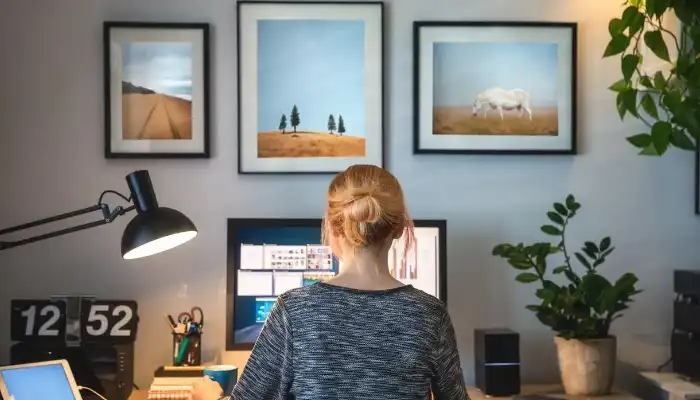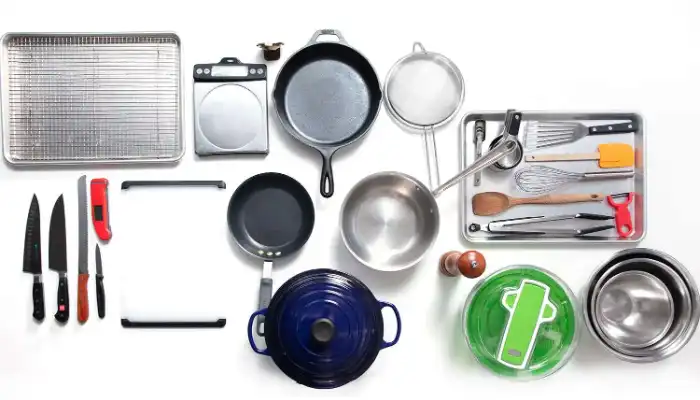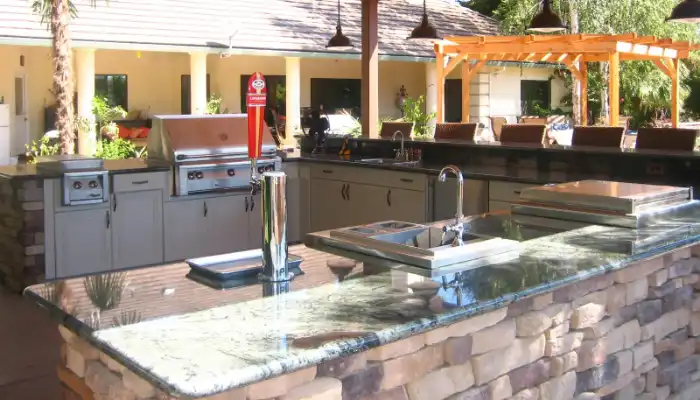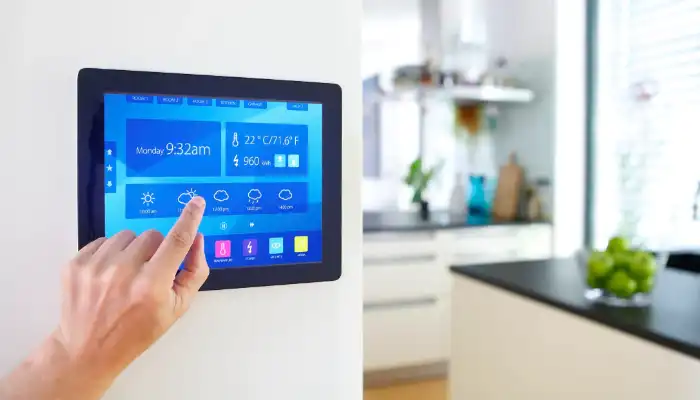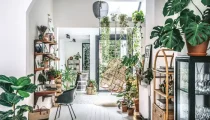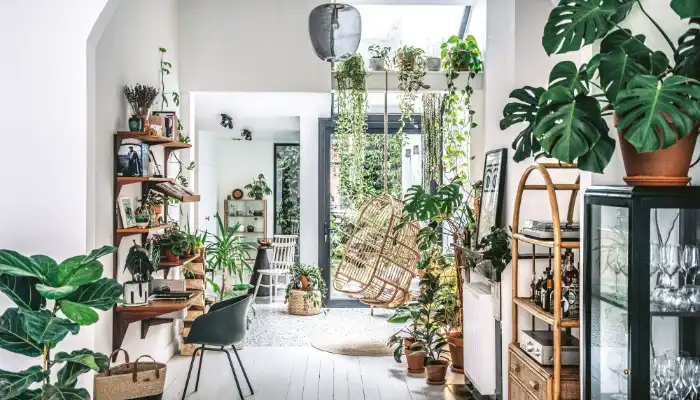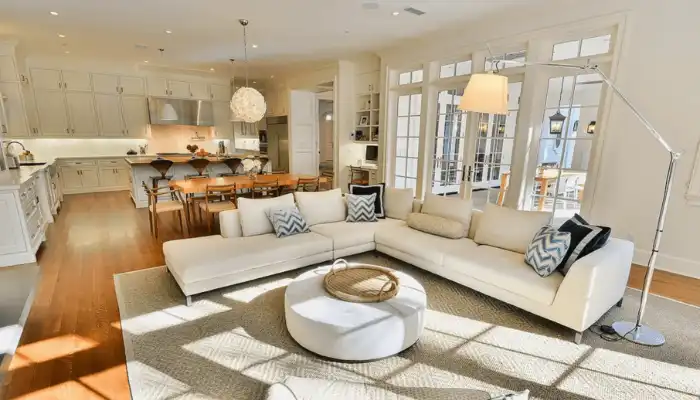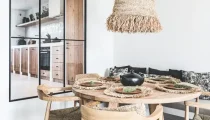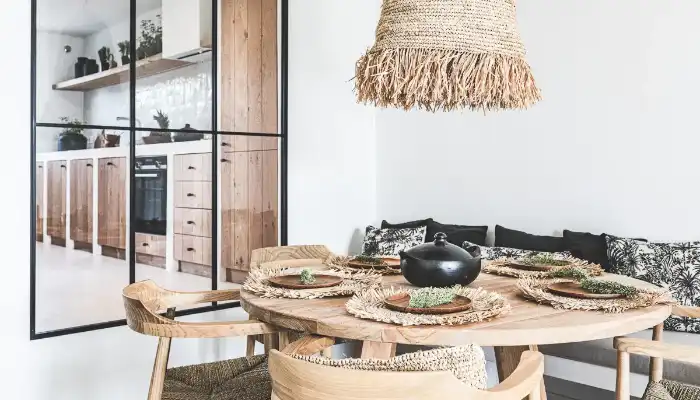As the winter air grows cool and days shorten, the desire to retreat into a cozy space increases. Homes become havens from the cold, where we come to relax and enjoy the simple delights of this season. How do we turn our everyday rooms into cozy “winter wonderlands” that emanate warmth and comfort?
This guide examines various steps in constructing an intimate winter refuge at home. We will look at some basic approaches to create a calming mood that invites peace of mind. From adding inviting textures like velvet or fur to seasonal accents such as lamps and candles or arranging furniture more creatively, prepare yourself for a complete transformation of your house into a winter sanctuary.
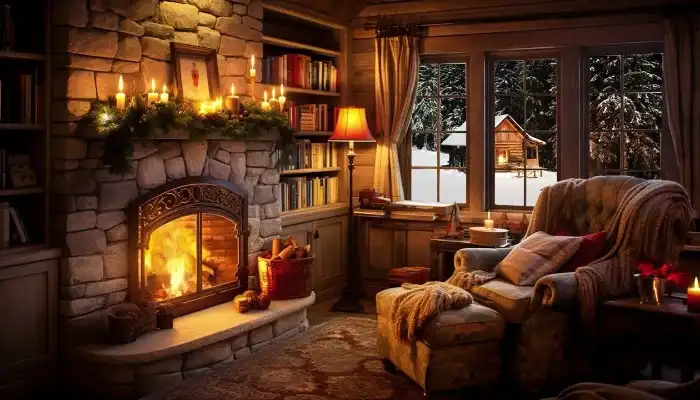
Warmth and Comfort in Décor
Let us begin by changing the visual appeal of our homes. The first impression counts!
- Embrace Soft Textures: Think about plush throws, fluffy pillows, and soft knitted rugs. Not only do these components visually warm up a room but also make it feel nice when you touch them with your hands while reading an interesting story or drinking hot chocolate on a freezing day. Layering different textures makes for a richer look. For instance, consider draping a chunky knit throw over a faux fur armchair and then adding several velvet cushions.
- Incorporate Warm Colors and Seasonal Accents: Replace your usual decor with warmer tones such as deep reds, oranges, and yellows. These indicate warmth and firelight which are best suited for winter time. Indulge yourself in festive touches by including pine cones evergreens or even winter-themed pillowcases if you please so. A bowl holding cinnamon sticks and dried orange slices looks quite appealing too.
- Add Ambient Lighting with Candles and Fairy Lights: Harsh overhead lighting can make the space feel impersonal. Instead, choose softer, diffused lighting. String fairy lights across bookshelves or drape them around windows for a magical effect. Scented candles with warm, inviting fragrances such as vanilla or spiced apple create a delightful ambiance. Be sure to observe fire safety measures when using candles and do not leave them unattended.
Enhancing Comfort with Furnishings
Having established the visual mood, let’s focus on creating an abode of physical ease:
- Create a Snug Seating Area with Plush Furniture: Go for oversized armchairs, comfortable sofas, or even a plush chaise longue. Add sheepskin throws or faux fur rugs to enhance comfort. Use this seating arrangement to create an inviting conversation area where you can spend your evening with family.
- Invest in a Quality Throw or Heated Blanket: One must-have for winter days is a luxurious throw blanket. Choose one made of material that feels soft and cozy against your skin like cashmere or faux fur. On particularly cold days, heated blankets provide extra warmth.
- Utilize Furniture Arrangement to Promote Coziness and Intimacy: Pushing furniture closer together makes it more intimate. Set aside some space for reading by having a chair beside which there would be a table for books and cups of tea/coffee/water (warm). Strategically place floor lamps for sufficient light while reading.
Infusing Scents of the Season
We are often affected by smells; thus, we should include pleasant ones in our winter retreat:
- Introduce Aromatherapy with Scented Candles or Essential Oils: You can also diffuse some essential oils such as lavender, vanilla, or cedarwood; this helps with relaxation and calmness. Instead, use scented candles with warm, inviting fragrances such as gingerbread or spicy cranberries.
- Experiment with Seasonal Scents: When you simmer cinnamon sticks in a pot of water on the stovetop, it creates a warm, spicy aroma throughout your home. Otherwise, put dried orange peels or cloves into potpourri bowls to add some fresh citrus scent.
- Incorporate Natural Elements: Never underestimate what nature can do! Place dishes filled with dried herbs like rosemary, eucalyptus, and many others within your house. They not only create a rustic feel but also help purify the air naturally.
Cultivating a Warm Ambiance
The very word winter means warmth, and adding elements that remind you of cozy fireside moments can greatly improve your experience during the winter.
- Fireplace Magic: If you are lucky enough to have a fireplace in your home, then go ahead and light it up for the perfect winter atmosphere. The sound of crackling flames combined with flickering lights brings comfort and ease immediately.
- Faux Fire Features: In case there is no actual fireplace in your house, don’t worry! Most modern electric or bio-ethanol fireplaces are safe as well as realistic options. They produce flames without needing chimneys or venting.
- Virtual Fireplaces and Ambient Sounds: Technology Saves Us Again! Many apps and websites that offer virtual fireplaces complete with crackling sounds and life-like images abound. Combine these with natural ambient sounds to make an instant relaxation station at home.
Maximizing Comfort with Personal Touches
The winter house for a truly cozy stay must reflect who you are and what you like. The addition of personal touches lends your space a warmer feel.
- Memories on Display: Surrounded by photographs of loved ones, winter vacations, or even special occasions, fill your life with the cherished memories you hold dear. Frame any artwork or inspirational quotes that resonate with you and create a positive atmosphere in your home.
- Sentimental Treasures: Add some personal mementos that will fill the room with warmth and nostalgia. Show off this special collection of antique teacups, an old beloved blanket from childhood days as well as a framed sheet music that brings back some happy memories.
- A Reflection of You: Do not be afraid to make your personal preferences known in your living area. And so whether it is winter-themed colored throws pillows that are being kept or cuddly reading corners packed full of much-loved books, make sure the area remains true to yourself to be considered a cozy haven for you.
Conclusion
When winter comes around do not resist the temptation to go into hibernation! With these suggestions, turn your home into a warm sanctuary. Give it an atmosphere that nurtures your soul from warm lighting to comforting scents. Curl up with a good book and a steaming mug of something delicious while allowing everything else outside to melt away. In conclusion, please share with us in the comments below the best rituals for having comfort during winter – let’s not miss out on making this one memorable season!



